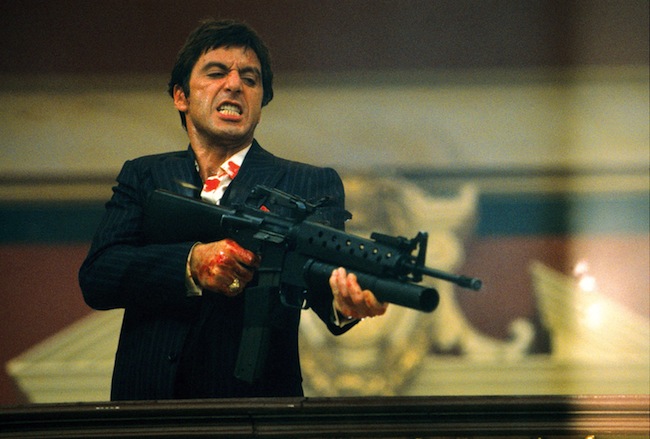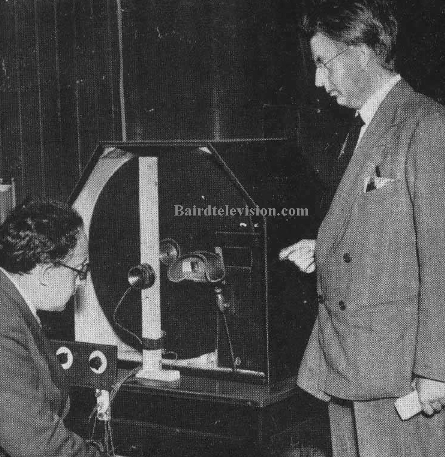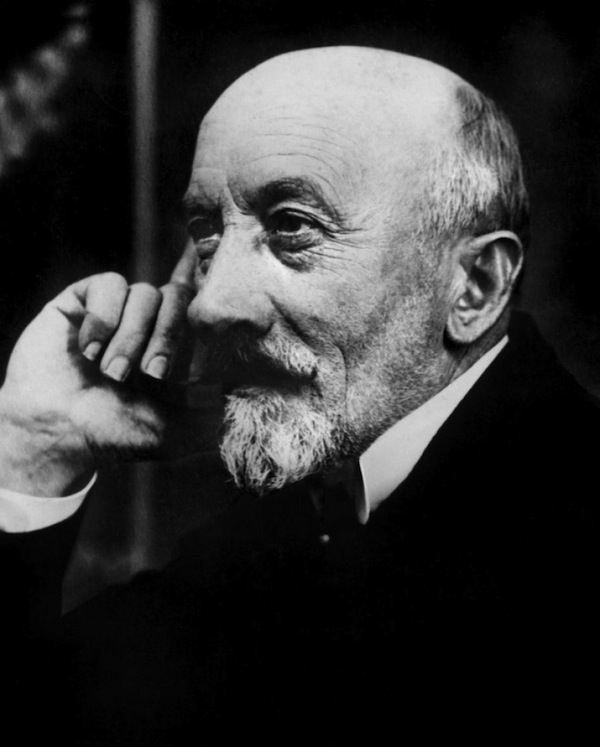 Soon after leaving Edison in 1895, W.K-L Dickson became a member of a syndicate formed to develop a peepshow system, the mutoscope, to rival the kinetoscope. This used sequences shot on film, but printed as paper photographs arranged in ‘flip-book’ form around a central core, and viewed in a hand-cranked cabinet.Even as they were developing it however, it became clear that the future was in screen projection rather than peepshows, and they developed a projector, the Biograph, which was quite successful for some years in a limited number of venues. This used a ‘gripper roller’ mechanism to transport the wide unperforated film.
Soon after leaving Edison in 1895, W.K-L Dickson became a member of a syndicate formed to develop a peepshow system, the mutoscope, to rival the kinetoscope. This used sequences shot on film, but printed as paper photographs arranged in ‘flip-book’ form around a central core, and viewed in a hand-cranked cabinet.Even as they were developing it however, it became clear that the future was in screen projection rather than peepshows, and they developed a projector, the Biograph, which was quite successful for some years in a limited number of venues. This used a ‘gripper roller’ mechanism to transport the wide unperforated film.
The K.M.C.D. syndicate – comprising Koopman, Marvin, Casler and Dickson – became the American Mutoscope and Biograph Company, major film producers, (and eventually ‘Biograph’, home of major stars such as Mary Pickford, and the director D. W. Griffith). Companies were set up in many countries. Dickson returned to Britain and became a roving filmmaker for the British Mutoscope Company. In 1898 he filmed Pope Leo XIII at the Vatican (below). The Biograph ran at London’s Palace Theatre for five years. Biograph eventually dropped the use of wide film, and conformed to using 35mm.
 The peepshow mutoscope had short life as a major film distribution system, and was eventually relegated to cheap amusement arcades. In Britain, it remained a common sight on seaside piers, the ‘What the Butler Saw’ machine often showing slightly ‘naughty’ subjects, until a change of coinage in 1971 saw most of them retired. But even today, mutoscopes can occasionally be seen (using reels from the 1930s and later).
The peepshow mutoscope had short life as a major film distribution system, and was eventually relegated to cheap amusement arcades. In Britain, it remained a common sight on seaside piers, the ‘What the Butler Saw’ machine often showing slightly ‘naughty’ subjects, until a change of coinage in 1971 saw most of them retired. But even today, mutoscopes can occasionally be seen (using reels from the 1930s and later).





![The First Phone Call [Video]](https://gaukantiques.com/wp-content/uploads/2013/03/alexander_graham_bell_500px.jpg)














